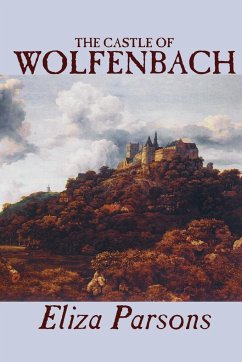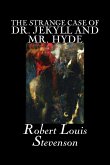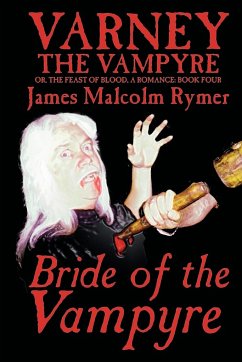In her novel NORTHANGER ABBEY, Jane Austen mentions several Gothic novels by name. By the time the book saw print, these lesser works were already deservedly obscure (as, indeed, almost all disposable popular fiction soon becomes). For years they were assumed to be not simply fiction, but figments from a novel; but enterprising scholars managed to unearth copies of the original "shilling shockers." Eliza Parsons was a prolific and popluar writer at the end of the eighteenth century. Her works are generally forgotten, now, but two of them -- including THE CASTLE OF WOLFENBACH -- were immortalized in that list of seven "Horrid Novels" Jane Austen slipped into NORTHANGER ABBEY. The French Revolution was a taking place while Eliza Parsons was writing "Castle" and there are references to it throughout the book.








